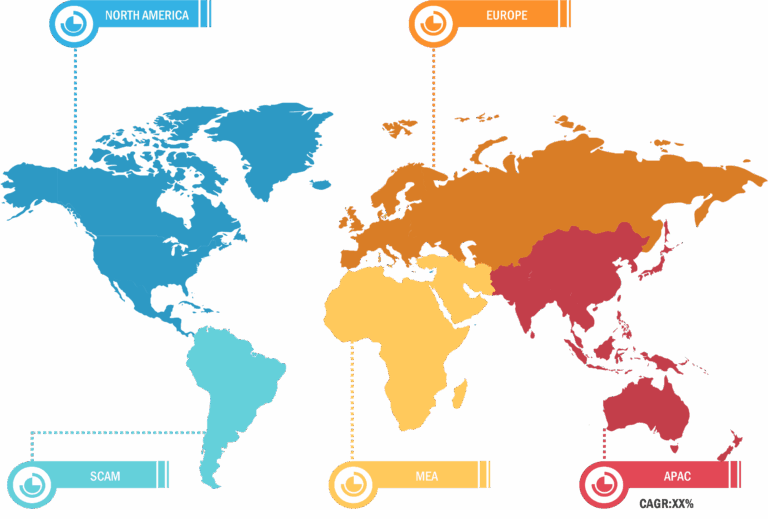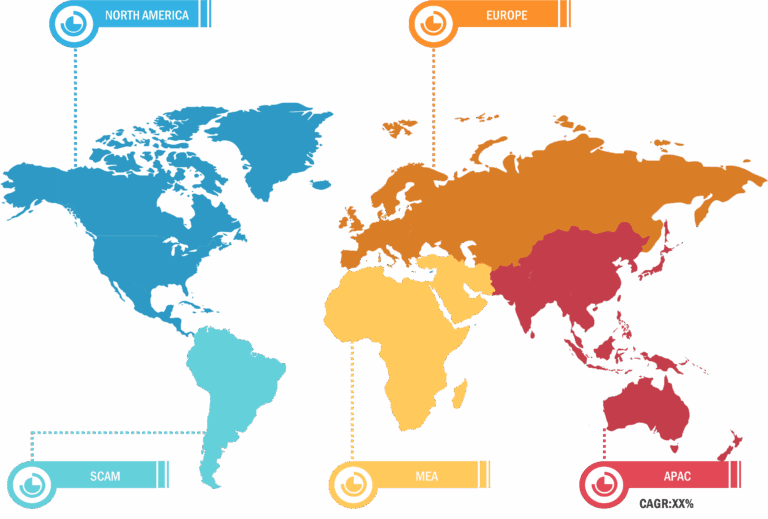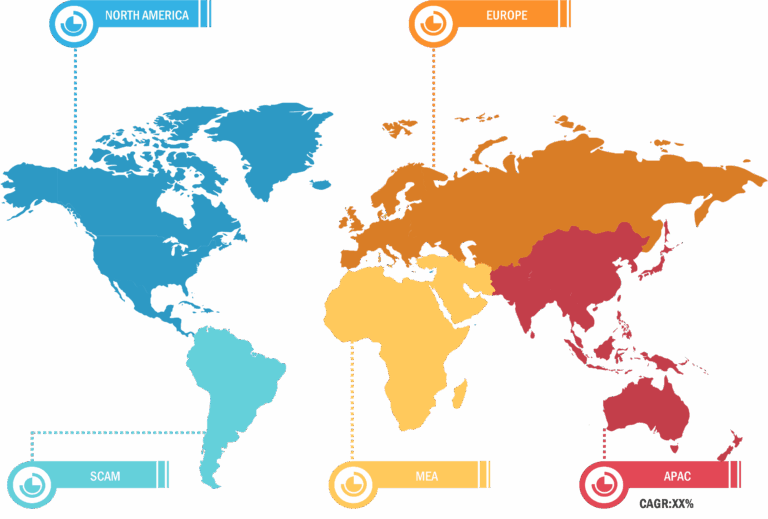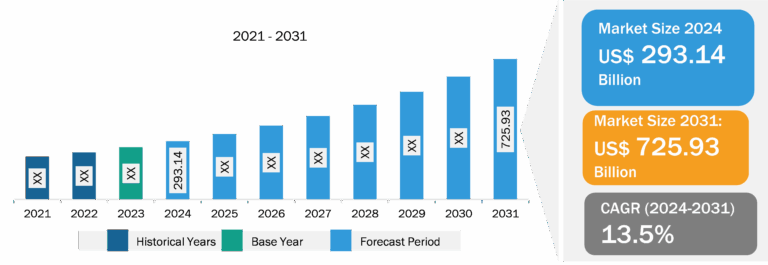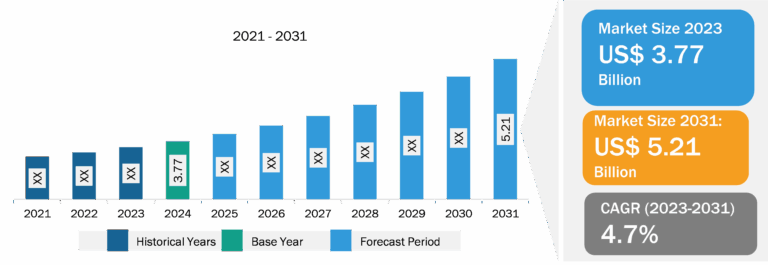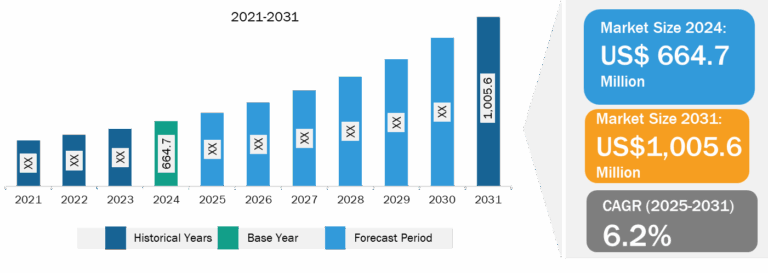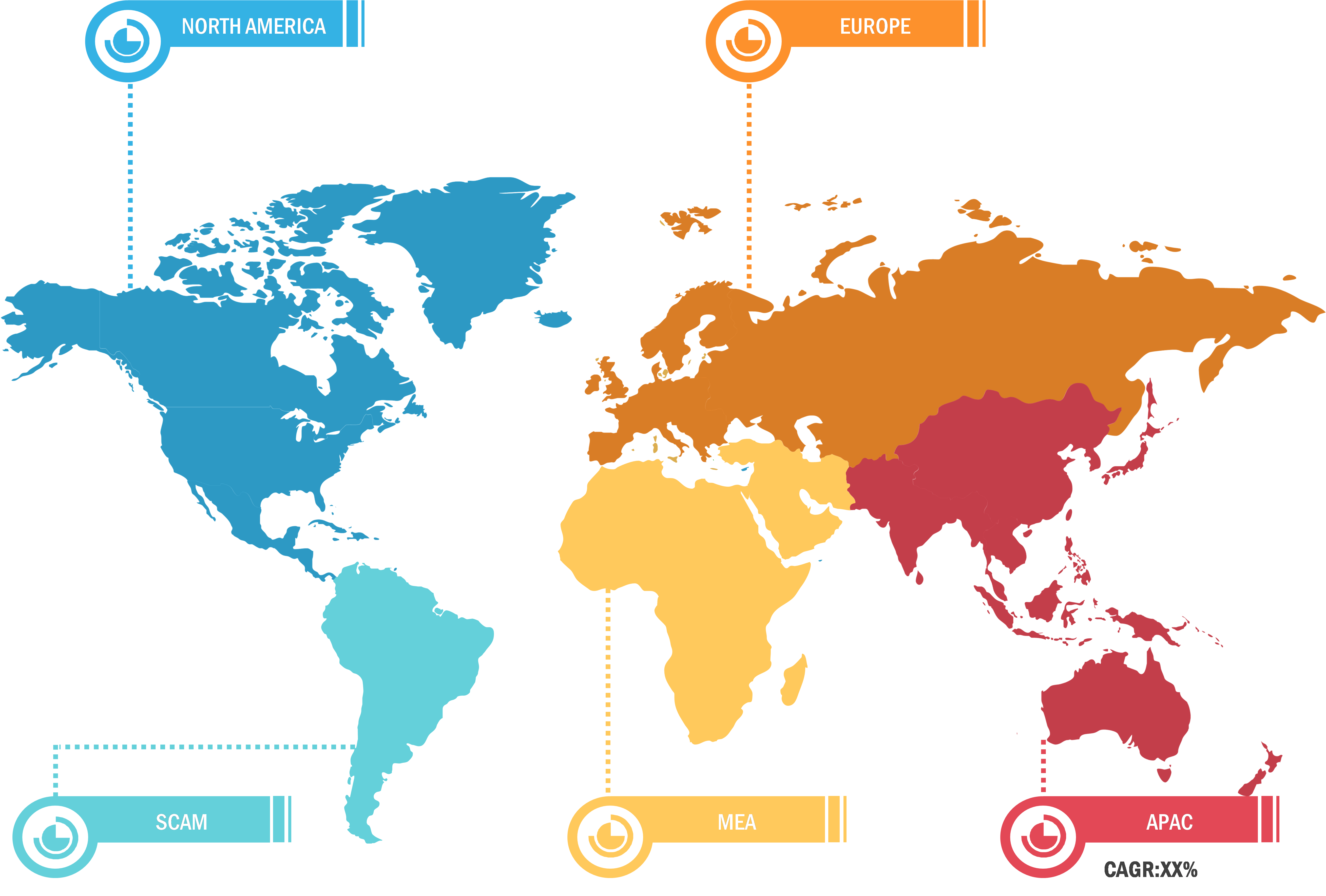
Noninvasive Ventilation Masks Market
The increasing prevalence of respiratory ailments and the rising shift toward home healthcare are contributing to the noninvasive ventilation masks market growth. However, the side effects associated with NIV masks are restricting the market growth.
Technological Advancements in Noninvasive Ventilation Masks to Bring New Trends During Forecast Period
Technological innovations are enhancing patient experience, improving design, and driving functionality. Patient compatibility is due to technological advancements, such as cushioning effects that allow patients to modify the shape of their nasal bridges. As a result, a customized fit ensures ideal contact and distributes pressure applied to the skin, thereby significantly reducing the likelihood of skin breakdown and associated complications. For instance, NIV masks are frequently needed by patients in hospital and intensive care unit settings to support their respiratory needs. Although these masks are essential for patient care, they can occasionally cause skin irritations and discomfort, especially in the area surrounding the nasal bridge. One of the leading medical device manufacturers, Sleepnet, created the ground-breaking AIR°gel technology to solve these issues. Every Sleepnet mask uses AIR°gel, which lessens skin breakdown and gives patients more comfort and protection. Notable NIV mask products that use these advancements include VariFit and Evora.
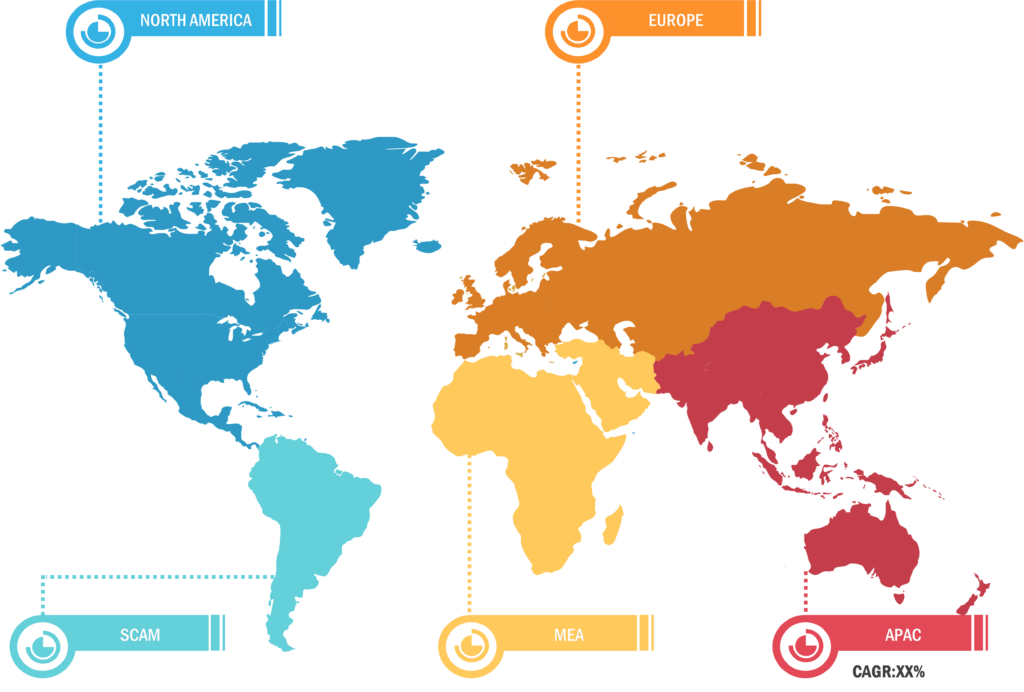
These developments in NIV masks meet the patients’ requirements and improve effectiveness, comfort, and overall results while wearing the masks.
However, side effects associated with NIV masks may hamper the utilization of these masks. It is essential to make sure that the mask fits properly for oxygen to not leak into the eyes, causing irritation or conjunctivitis. Although a small leak at the bottom of the mask does not affect NIV’s performance, a large leak or a leak in the eye of the mask can be a concern. Pain on the nose bridge indicates that the mask is too tight or is poorly fitting at the top. The mask must be readjusted or replaced, as the pain can worsen. A full-face mask can interfere with coughing and effectively eliminate secretions. In addition, the excess pressure generated can affect the expiratory flow rates, adversely impacting the mobilization of secretions and cough resistance that leads to the retention of secretions. Oral, oronasal, hybrid, nasal, nasal pillow, helmet, and headgear are among the types of masks that can lead to patient discomfort, air leaks, claustrophobia, skin redness, eye irritation, skin breakdown, and facial deformity in children.
Thus, the aforementioned side effects associated with NIV masks hamper the growth of the noninvasive ventilation masks market to a certain extent.
The geographic scope of the noninvasive ventilation masks market report covers North America (US, Canada, and Mexico), Europe (Spain, UK, Germany, France, Italy, and Rest of Europe), Asia Pacific (South Korea, China, India, Japan, Australia, and Rest of Asia Pacific), South & Central America (Brazil, Argentina, and Rest of South & Central America), and the Middle East & Africa (South Africa, Saudi Arabia, UAE, and Rest of Middle East & Africa). The market in North America is driven by factors such as an increase in demand for noninvasive ventilation mask procedures, significant healthcare infrastructure, and early adoption of technological advancements. The US is the largest growing market for noninvasive ventilation masks. Further, APAC is expected to register the highest CAGR during 2023–2031. China held the largest share of the market in APAC. The noninvasive ventilation masks market in Asia Pacific is growing due to the surging utilization of NIV masks for the treatment of respiratory diseases such as obstructive sleep apnea, COPD, and neuromuscular disorders prevailing in the region. This growing use of NIV masks is expected to bring opportunities for market players to penetrate into emerging countries in Asia Pacific.
Based on product, the noninvasive ventilation masks market is bifurcated into noninvasive ventilation disposable mask and noninvasive ventilation reusable mask. The noninvasive ventilation disposable mask segment held a larger share of the noninvasive ventilation masks market in 2023. The Janus ventilation mask by Biomedical SRL is a full-face mask that provides oxygen during sedation without tracheal intubation. It features an airtight port for transesophageal echocardiography inspection and allows for NIV in cases of acute respiratory failure. The mask can be opened and removed without disturbing the instrument if needed.
Based on application, the noninvasive ventilation masks market is segmented into obstructive sleep apnea, chronic obstructive pulmonary disease, pneumonia, and others. By end user, the noninvasive ventilation masks market is segmented into hospitals and clinics, homecare, and others.
Noninvasive Ventilation Masks Market: Competitive Landscape and Key Developments
Hamilton Medical AG; ResMed Inc; Fisher & Paykel Healthcare Corp Ltd; Air Liquide Medical Systems; Dragerwerk AG & Co KGaA; Intersurgical Ltd; BMC Medical Co Ltd; DeVilbiss Healthcare LLC; Armstrong Medical Ltd; Koninklijke Philips NV; Besmed Health Business Corp; Sleepnet Corporation; SunMed Group Holdings LLC (AirLife); Dimar S.P.A.; and Hangzhou Formed Medical Devices Co., Ltd are among the prominent players profiled in the noninvasive ventilation masks market report. In addition, several other players have been studied and analyzed during the study to get a holistic view of the market and its ecosystem. These companies focus on geographic expansions and new product launches to meet the increasing demand from consumers worldwide and diversify their product range in specialty portfolios. Their global presence allows them to serve a large customer base, subsequently facilitating market expansion.

